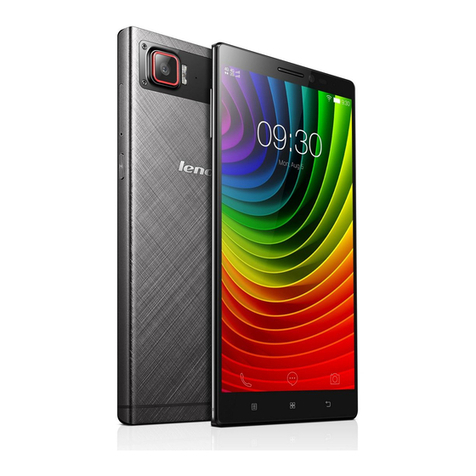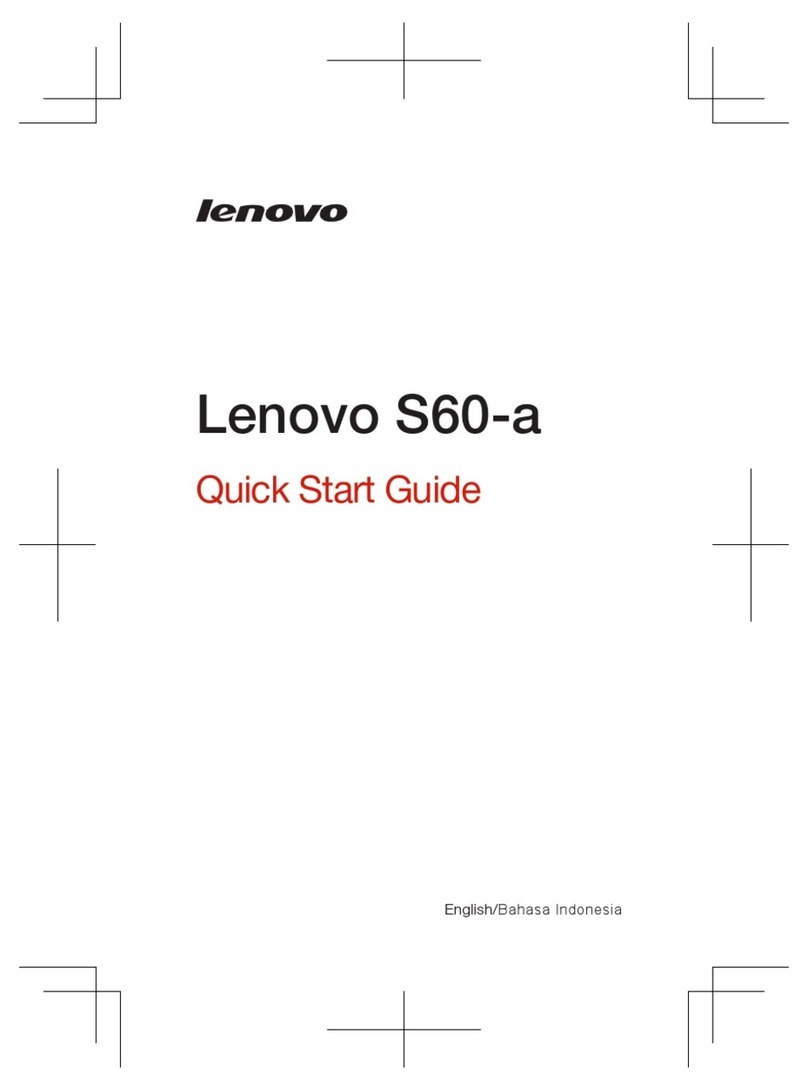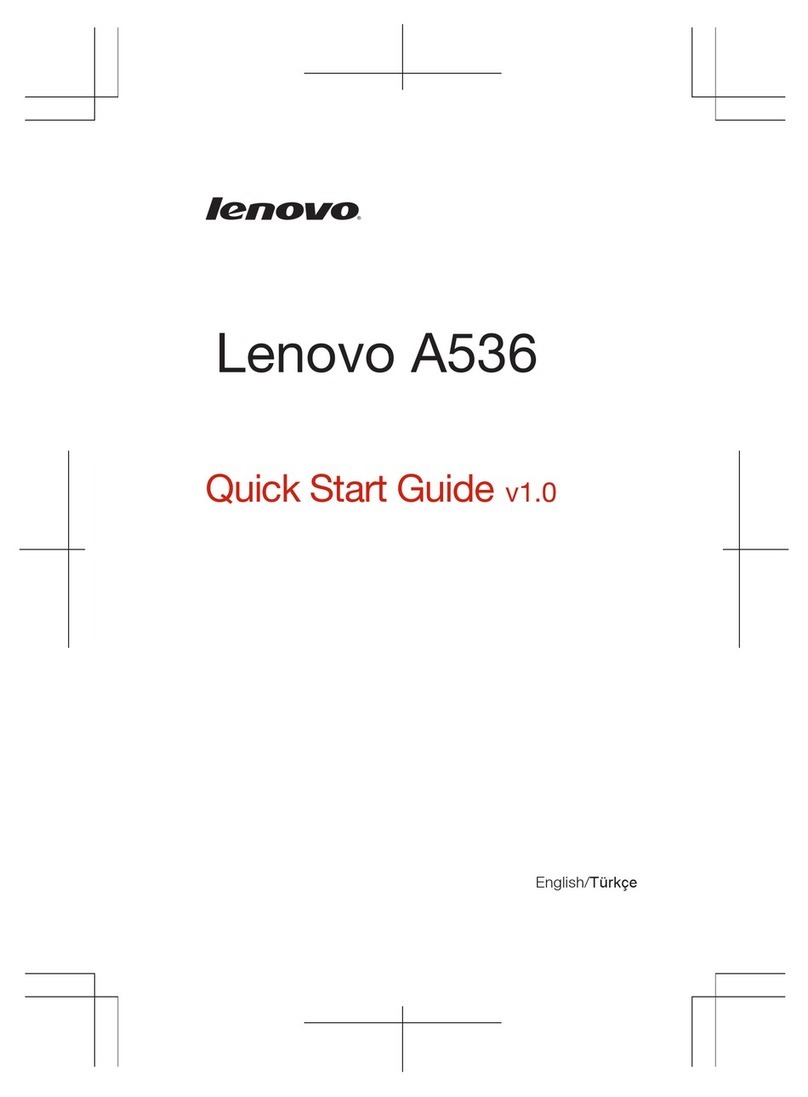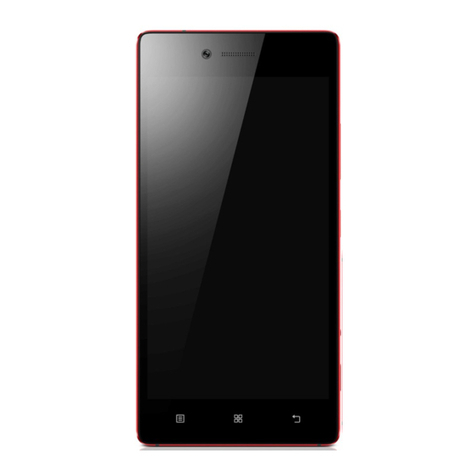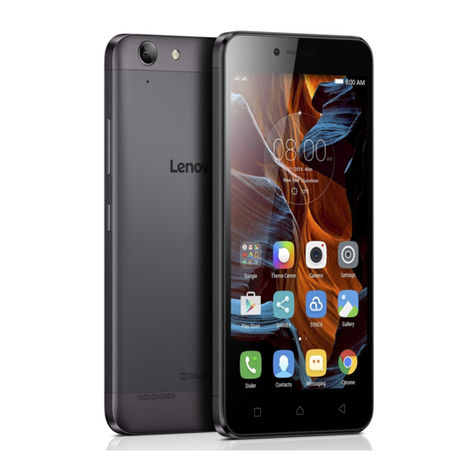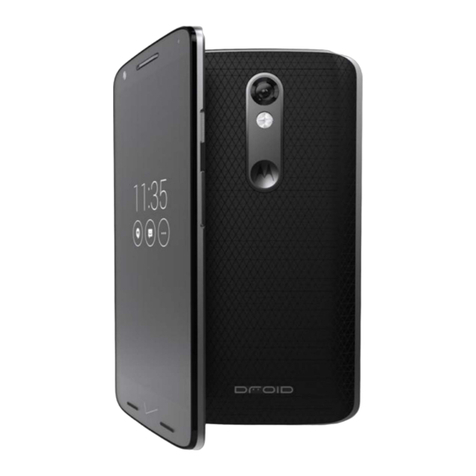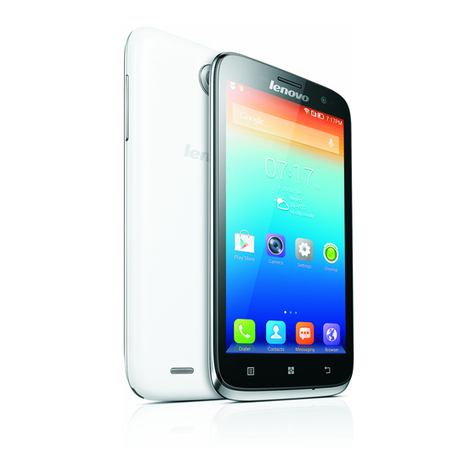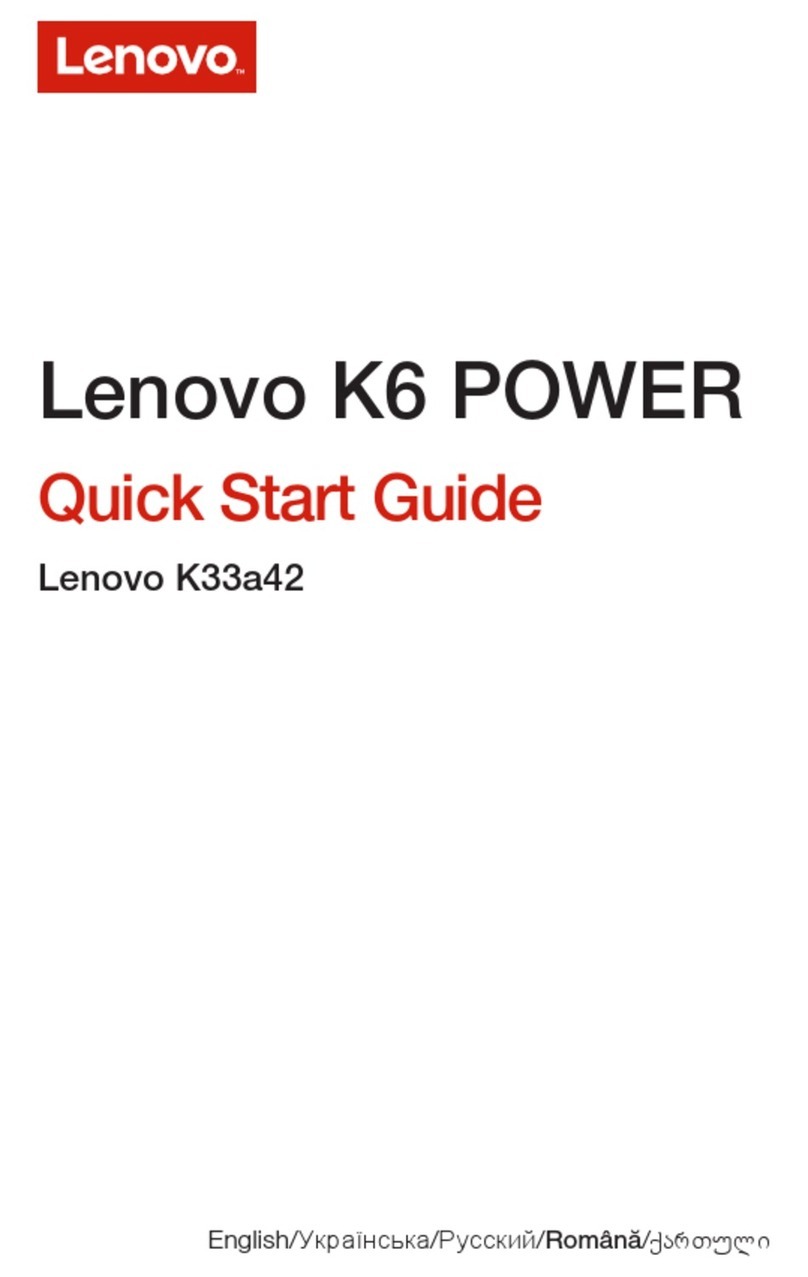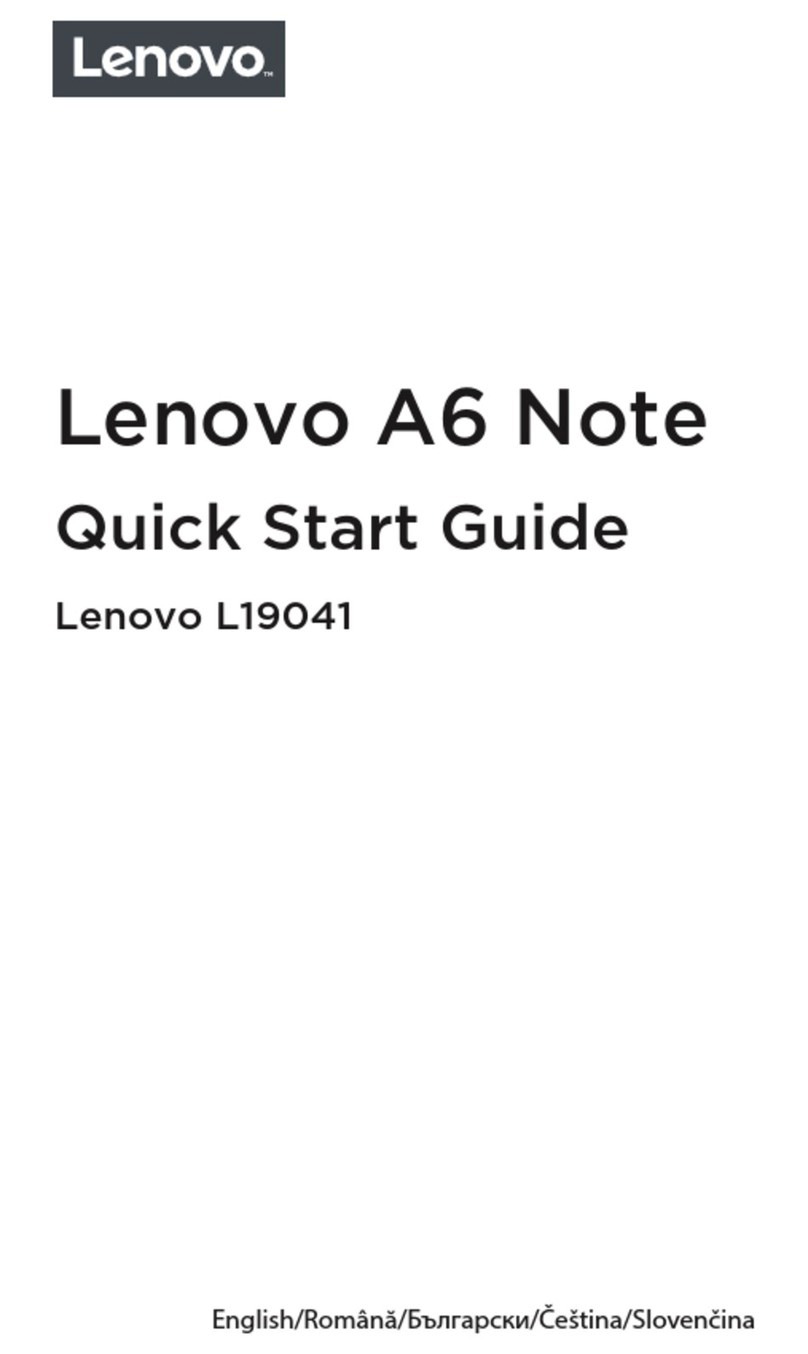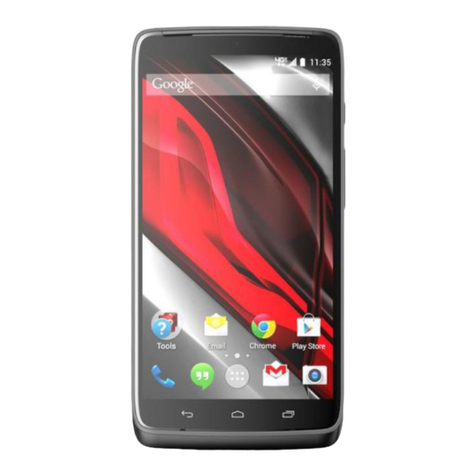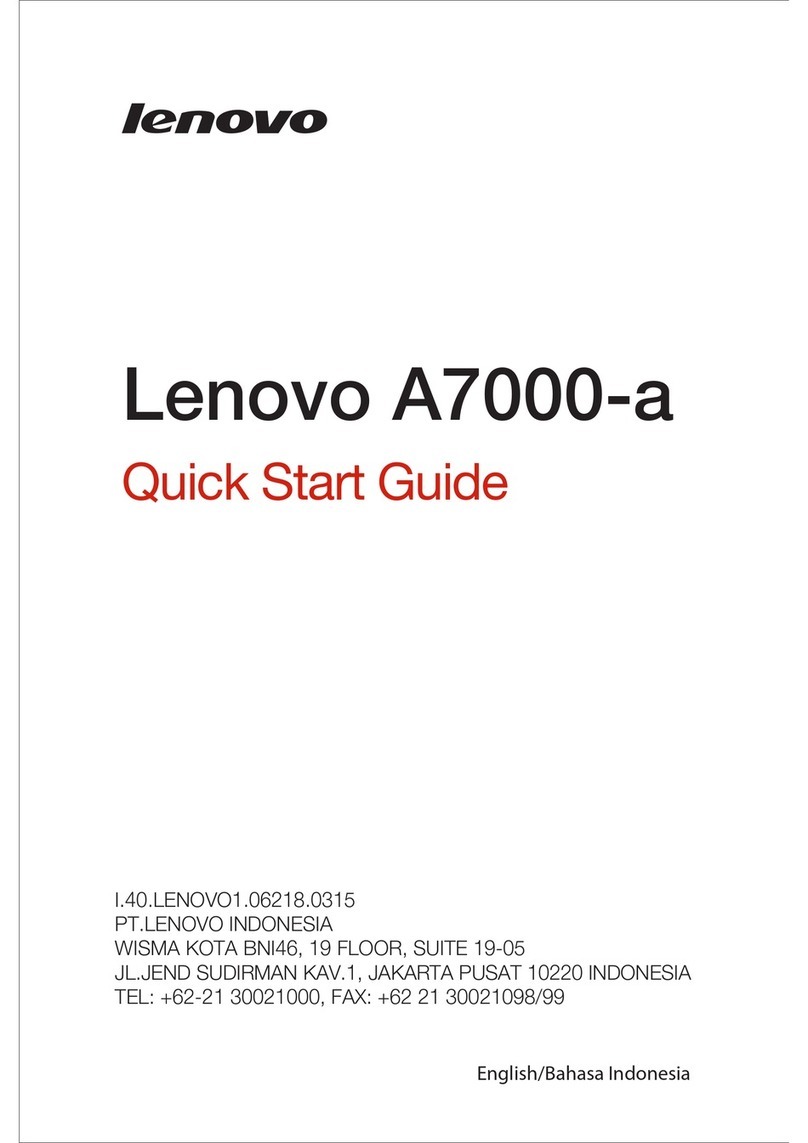
8
If an external antenna is used on your mobile phone, do not touch the antenna. Only the
original antenna should be used. Your phone may be damaged by using any other
antenna.
When pulling out the charger plug from your mobile phone, hold and pull the plug
outwards. Do not jerk the power cord.
Do not depend only on your mobile phone as the sole communication equipment for an
emergency, such as a medical rescue.
To prevent hazards, place your mobile phone in a safe location out of reach of children.
Be aware of heat generated by your mobile phone
When your Mobile phone is turned on or the battery is charging, some parts might become
hot. The temperature that they reach depends on the amount of system activity and the level
of charge in the battery. Extended contact with your body, even through clothing, could
cause discomfort or even a skin burn. Avoid keeping your hands, your lap, or any other part
of your body in contact with a hot section of the Mobile phone for any extended time.
Protect your data and software
Do not delete unknown files or change the name of files or directories that were not created
by you; otherwise, your Mobile phone software might fail to work.
Be aware that accessing network resources can leave your Mobile phone vulnerable to
computer viruses, hackers, spyware, and other malicious activities that might damage your
Mobile phone, software, or data. It is your responsibility to ensure that you have adequate
protection in the form of firewalls, antivirus software, and anti-spyware software and keep
this software up to date.
Keep electrical appliances such as an electric fan, radio, high-powered speakers, air
conditioner, and microwave oven away from your Mobile phone because the strong
magnetic fields generated by these appliances can damage the screen and the data on the
Mobile phone.
When using the battery, please abide by the following.
Before use, carefully read the user manual and labels on the battery.
Charge the battery in a cool and ventilated room. If the environment is too hot, the
battery may overheat, smoke, burn, deform, or even explode.
There are special protective circuits and mechanisms within the battery and must not be
disassembled. Doing so may cause a short circuit or electrolyte leakage. There is a risk


